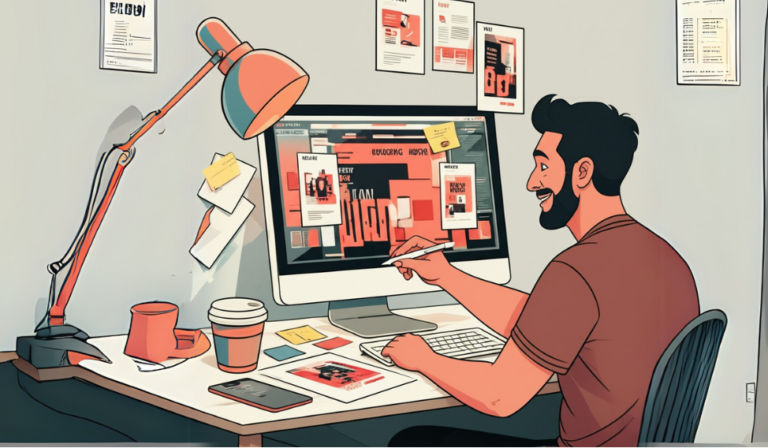Best Practices for Designing UI Cards Designers in 2024
.
Our UI design service focuses on creating visually engaging, user-friendly interfaces for websites and apps.
Designing effective UI cards is important for creating a clean, engaging, and user-friendly interface. Here are some best practices to follow when designing UI cards:
1. Content Prioritization
- Highlight Important Information: Cards should emphasize the most critical content such as titles, calls to action (CTA), and primary data. Use hierarchy techniques like larger fonts, contrasting colors, or bolder text for the most crucial elements.
- Limit Information Overload: Keep the card content concise and focused. Avoid overcrowding by ensuring the user can scan the content quickly and easily.
2. Consistent Layout
- Uniformity: Use consistent padding, margins, and alignment across all cards to create a harmonious and structured layout.
- Grid Structure: Cards should align perfectly on grids for a visually balanced design. This will improve the scanning experience, especially when users scroll through multiple cards.
3. Interactive Feedback
- Hover Effects: Implement hover states or animations to signal that the card is clickable or interactive. Subtle color shifts, shadow effects, or scaling can enhance the user experience.
- Clear Call to Action: Each card should have a clear action or next step for the user, whether it’s a button or a clickable area.
4. Visual Hierarchy
- Use Typography & Color: Different font sizes, weights, and colors can create a clear hierarchy, guiding users to the key elements first (e.g., headings, CTAs).
- Separation with Dividers or Whitespace: Use dividers or ample white space to separate sections within the card. This will make the content easier to digest.
5. Scalability & Responsiveness
- Flexible Design: Ensure cards adapt well across different screen sizes and devices. Cards should be responsive to various screen widths, stacking vertically on smaller screens if necessary.
- Dynamic Content Handling: Prepare the card layout to accommodate varying content lengths or image dimensions.
6. Use of Imagery
- High-Quality Images: If your cards include images, make sure they are high-resolution and optimized for web performance.
- Aspect Ratios: Maintain consistent image aspect ratios to ensure that the card layout doesn’t break due to varying image sizes.
7. Accessibility
- Readable Fonts: Ensure the text size is legible, with sufficient contrast against the background. Follow WCAG guidelines for text contrast ratios.
- Alt Text for Images: For cards with images, always include alt text or descriptive labels to improve accessibility for screen readers.
8. Card Grouping and Spacing
- Spacing Between Cards: Maintain a good balance of space between each card to avoid clutter and enhance visual appeal.
- Grouping Similar Cards: If you have multiple types of cards, group similar cards together so users can easily identify related content.
9. Use Subtle Animations
- Smooth Transitions: Use subtle animations to improve engagement and guide users. For instance, cards could gently expand on hover or feature a sliding image gallery.


